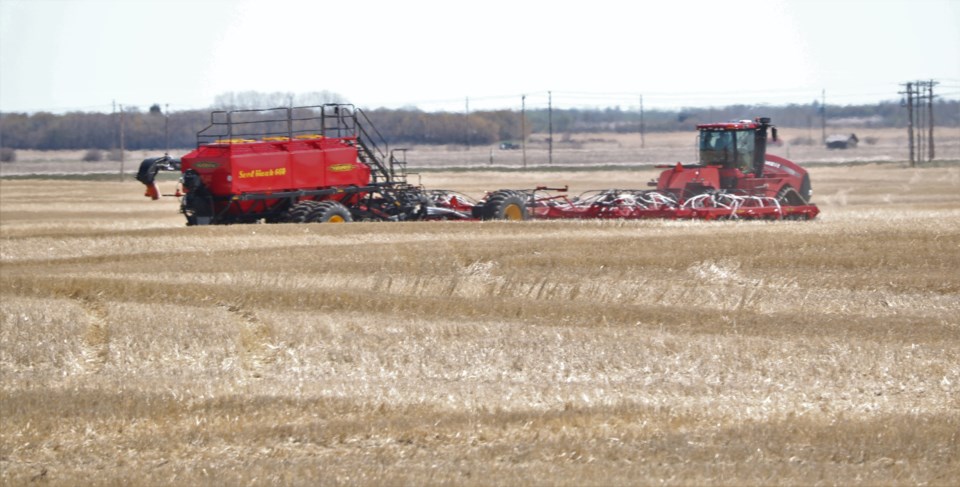YORKTON - For decades the Canadian Prairies proudly wore the moniker ‘Bread Basket for the World’, or at least a similar version of that label.
We grew a lot of hard spring wheat and did it very well. There was an expectation that when buying wheat from Canada it was of the highest quality and that earned market access and sales for years.
But, nothing lasts forever, and when plant breeders in Saskatchewan and Manitoba during the 1960s and 1970s, through traditional cross-breeding experiments, minimized the undesirable compounds in rapeseed and developed varieties that yielded food-grade oil, creating canola (an abbreviation of ‘Canadian oil’), developed by plant it signaled a change in what the Prairies would be known for. By the 1980s, canola had replaced rapeseed in Canadian oilseed production, and today the acres produced are massive and the crop’s value forming the foundation of most farm incomes.
While there certainly are few indications that will change anytime soon, one has to wonder what may one day unseat canola as the major Prairie crop?
The answer might not be a single crop as much as a rather diverse basket of crops, all of which fall under the umbrella of being pulse crops.
Now pulse crops; lentils, peas, and various beans, are not something new for the Prairies. My Dad used to add some field peas into the barley he seeded for pig feed, essentially adding a protein source to the feed in the field. That was in the early 1970s.
So farmers here can grow pulse crops, but the markets have never been particularly stable, typically relying on production issues elsewhere in the world for major pulse eating countries such as India and Pakistan to look for alternate sources.
And, in Canada, while we have production, it isn’t necessarily as diverse to fill the varied and often very specific markets in countries such as India. We might think lentils are simply identified by colour, but size and other factors are important in many markets too. It’s a case where perhaps at this point our ‘sophistication’ in terms of growing pulses is a tad lacking.
But Canadian farmers are a rather adaptive lot, and they could adapt if the market was consistent.
Therein lies the hint of the potential of pulses.
The populations in countries such as India are still growing. That’s simply more mouths to feed, mouths who culturally have a taste for pulse crops.
And we can’t discount the interest in fake meat concoctions that have an element of plant protein from pulses.
Whether that market grows because people turn to such offerings out of choice, or whether cattle in particular, come under scrutiny and regulation as methane producers, we are going to see pulses become a bigger part of diets here too. It’s just a matter of how far into the future it happens.






